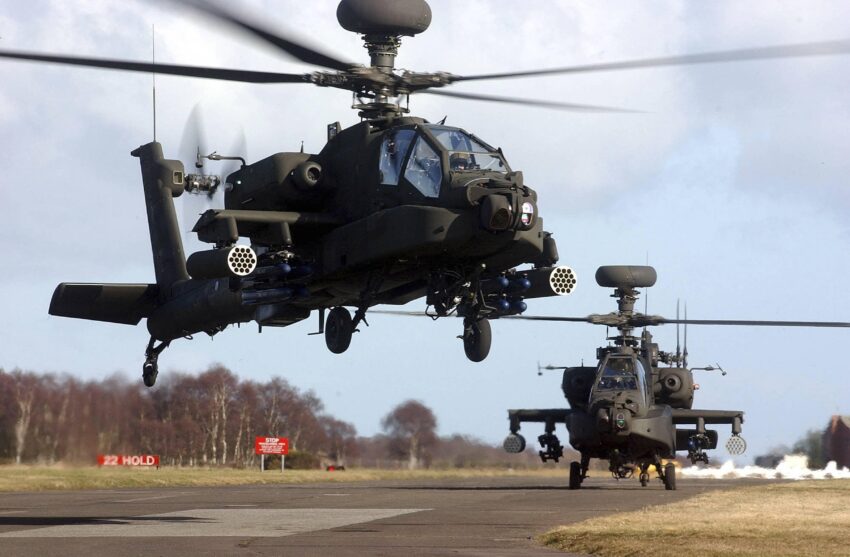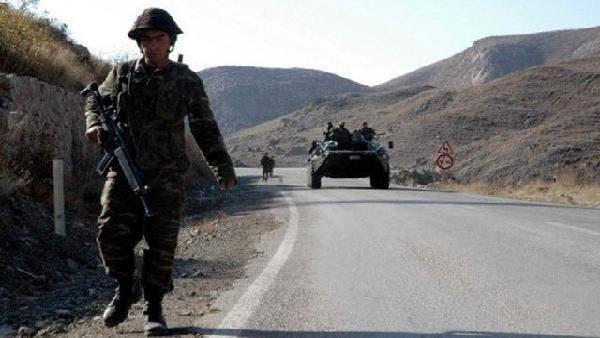Enhancing Operational Efficiency with Uncrewed Mules
The British Army is actively investigating the incorporation of uncrewed ‘mules’ into its advanced AH-64E Apache helicopters, a move aimed at significantly improving operational efficiency. This initiative was unveiled by Lieutenant General David Eastman, the Deputy Chief of the General Staff, during a recent conference on armored vehicles held in London.
This innovative integration is part of a broader strategy known as manned-unmanned teaming. By enabling an Apache helicopter to serve as a command-and-control center for up to six unmanned aerial systems (UAS), the Army aims to enhance the helicopter’s operational capabilities. This would allow the Apache to oversee and direct these UAS to execute various missions, thereby broadening its tactical applications.
Bolstering Lethality and Sensor Capabilities
The primary objective of this project is to increase the Apache helicopter’s lethality, sensor capabilities, and protection. In doing so, the Army intends to equip these aircraft to better tackle the demands of contemporary warfare, which is characterized by rapid technological advancements and evolving threats.
If successful, each Apache helicopter could operate alongside six mules, which would be responsible for transporting a range of payloads. These payloads might include electronic warfare equipment, radar detection systems, or even weapons, thus enhancing the Apache’s versatility on the battlefield. Additionally, the UAS could serve as physical decoys, helping to shield the main helicopter from enemy fire.
Innovative Command and Control Setup
To facilitate effective networking between the Apache and the UAS, the British Army is considering the installation of a command-and-control sensor node situated above the helicopter’s rotors. This strategic positioning aims to mitigate the interference caused by the turbulent airflow generated by the helicopter’s spinning blades.
By ensuring clearer communication and more reliable sensor data, this setup could significantly enhance the operational effectiveness of both the Apache and its accompanying unmanned systems, allowing for more coordinated missions in complex environments.
Timeline for Integration Still Uncertain
Despite the promising developments surrounding this project, the British Army has not yet provided a definitive timeline for when the integration or subsequent testing of the system might take place. This uncertainty leaves many questions regarding the future capabilities of the Apache helicopters.
As the Army continues to explore the potential of uncrewed mules, it is clear that they are committed to advancing their technological edge in modern warfare. The successful implementation of this project could mark a significant milestone in military aviation.







